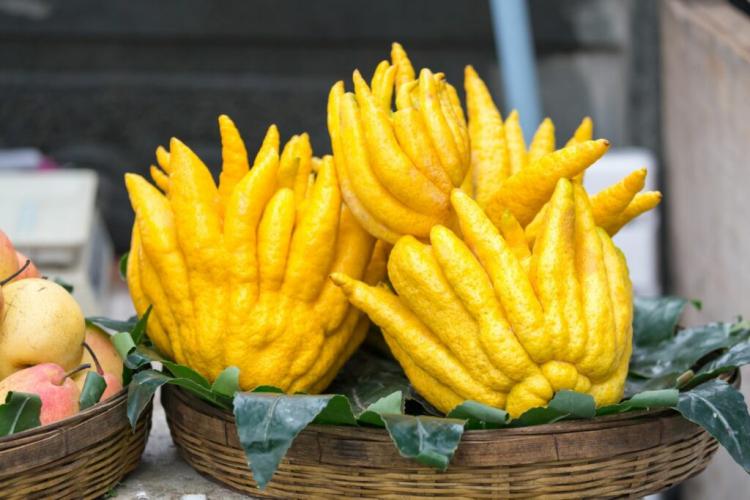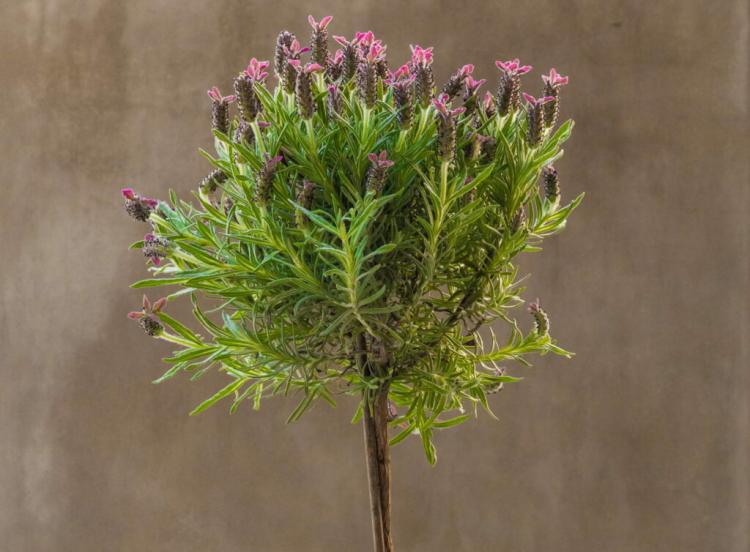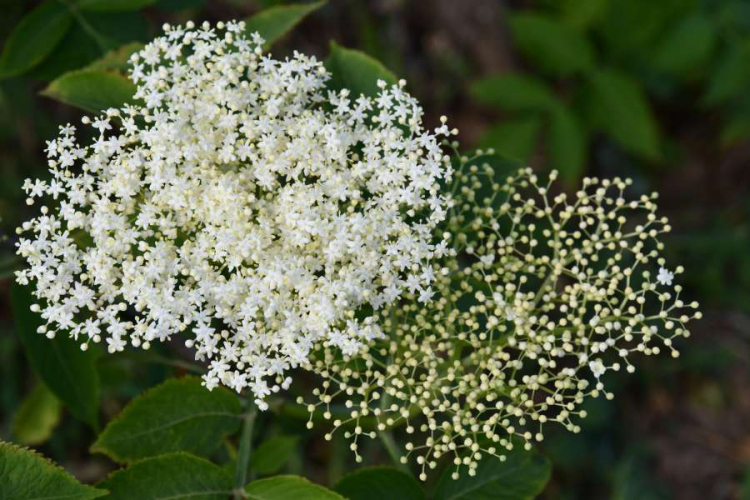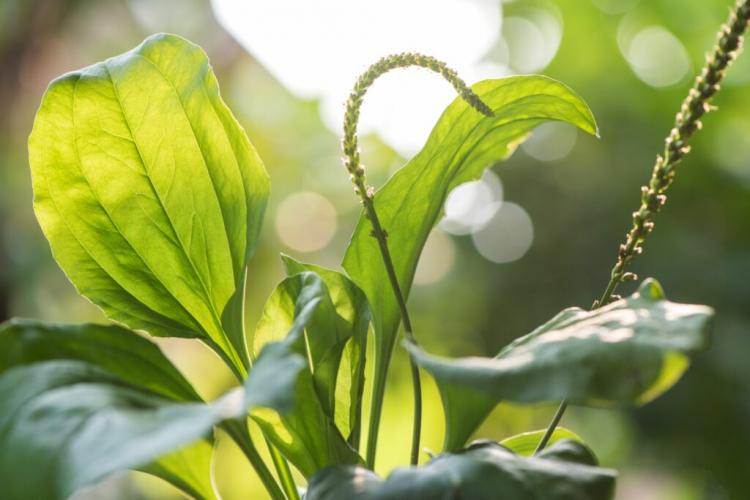Buddha’s Hand: Planting And Caring For The Lemon
The special lemon Buddha’s hand with its unusual fruits is actually reminiscent of fingers. We show how to properly plant, care for and overwinter the hand of Buddha.
The Buddha’s hand lemon ( Citrus medica var. Sarcodactylis ) is one of the old citrus varieties and also belongs to the large lemon family. It owes its name to its bizarre, finger-like fruits, which can grow in a wide variety of ways. Sometimes their “fingers” are stretched out, sometimes they look more like a fist. In this article, you will learn everything about the curious variety of lemon from the Far East.
Buddha’s Hand: Origin and History
Table of Contents
The origin of the Buddha’s hand is believed to be in northeast China or India, where the fruit is often used in religious ceremonies and offerings. The frost- and cold-sensitive lemon also thrives well in southern and central Italy or along the southern California coast. In Germany, too, the Buddha’s hand can be cultivated well in a larger vessel, but it has to overwinter in light. The fruits that ripen in winter can linger on the lemon tree for months and do not have to be harvested immediately.
The different sorts of Buddha’s hand
In Asia in particular there are different types of lemon. A distinction is made between types with an open hand, or fingers spread outwards, and types with a closed hand. In Germany, fruits of the ‘Digitata’ or ‘Fingered’ varieties are particularly common. According to Buddhist tradition, Buddha himself preferred a closed fruit, as it is more like a hand closed in prayer.
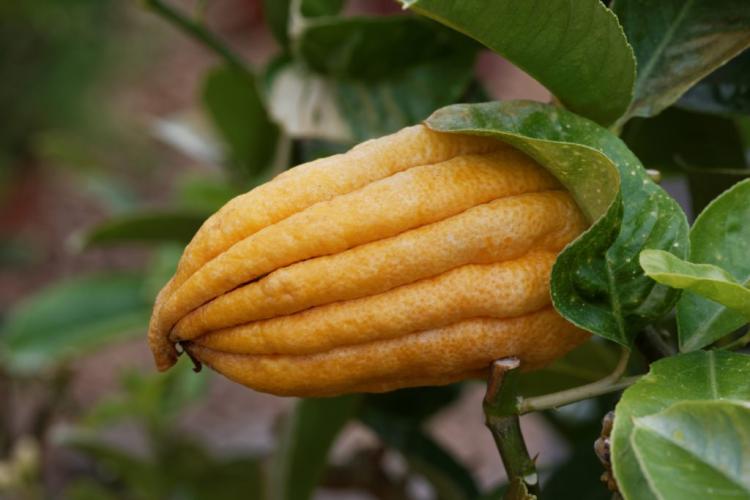
Planting the Buddha’s hand: this is how we cultivate it
Although Buddha’s hand is one of the more exotic types of fruit, the citron can also be grown in our latitudes. If you are thinking about buying a lemon tree from the Buddha’s hand, it is best to opt for a potted plant that has already been grown. Growing from seeds is also possible, but this is often difficult and it takes about eight years for the Buddha’s hand to bear fruit for the first time.
Proper care of the Buddha’s hand lemon
As with all citrus plants, the location is particularly important for the Buddha’s hand. From May to October, the Buddha’s hand can also be set up outside if you can offer it a sunny but at the same time sheltered and warm place. Here, however, you should make sure that the plant does not get too much of a good thing. The root ball of the Buddha’s hand in particular can quickly overheat.
Therefore, in summer you should pay attention to additional shading and the use of planters, which tend to overheat less quickly (for example, made of terracotta) instead of black pots. The substrate for the Buddha’s hand should be as permeable and stable as possible. Citrus soil is particularly suitable, as its slightly acidic pH and nutrient composition best meet the needs of the Buddha’s hand.
Additionally mixed in expanded clay, lava fragments or gravel ensure better drainage and thus minimize the risk of waterlogging. The Buddha’s hand only needs to be repotted every three to five years because of its slow growth. Only when the plant has completely rooted the vessel is it time for a new pot – ideally, Buddha’s hand should be repotted before the new shoots at the end of March.
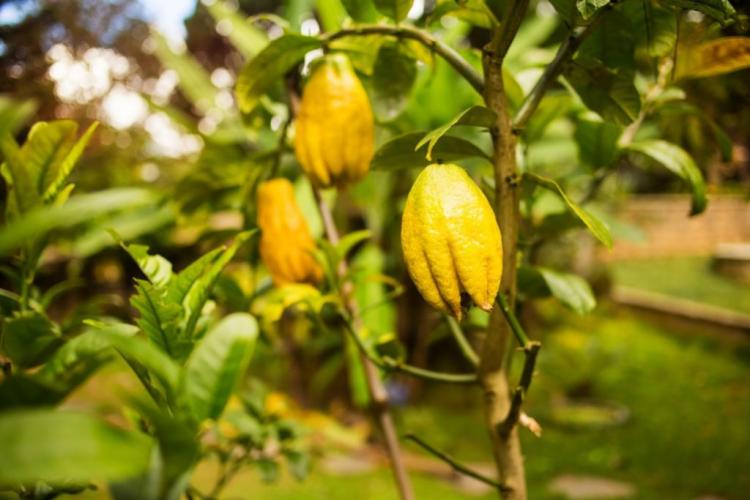
The right care for the Buddha’s hand: pouring
If you want to grow the Buddha’s hand, watering is one of the most important cultivation measures. In summer, the plant can be watered thoroughly every day, the substrate can be moistened to the bottom. In the ideal case, the substrate never dries out completely – if it comes to prolonged drought, the Buddha’s hand can react by shedding flowers and leaves.
In addition, for a long time, it was believed that Buddha’s lemon should only be watered with low-lime rainwater. In the meantime, however, experts have agreed that the calcium contained in tap water has a positive effect on the plants. To keep the balance between calcium supply and an acidic pH value of the substrate, it is advisable to water alternately with tap water and rainwater.
The right care for the Buddha’s hand: fertilizing
Like almost all citrus plants, the Buddha’s hand also needs an adequate supply of nutrients. About every two weeks, the plant should be supplied with a special citrus fertilizer. Above all, this provides the required potassium in sufficiently large quantities. It is fertilized in the growth phase, which lasts from March to October. If the Buddha’s hand is held in a heated winter garden, the growth phase can last into December. The Buddha’s hand is not fertilized during the winter.
Hibernate Buddha’s hand properly
One of the most difficult aspects of caring for the Buddha’s hand is proper wintering. As a Mediterranean plant, the Buddha’s hand is not hardy – in fact, the ideal temperature in winter is well within the plus range. The room temperature should be between 8 and 15 ° C when the Buddha’s hand is overwintered; a constant temperature of around 10 ° C is ideal. The right amount of sunlight is almost even more important than the right temperature.
The room in which the Buddha’s hand winters should be as bright as possible. Sunny winter gardens or slightly tempered greenhouses, for example, are ideal, but a large south-facing window can also provide sufficient brightness. Overall, the following applies: the warmer the location, the brighter it has to be. If there is a lack of light, the plant reacts promptly by throwing leaves, which should be avoided if possible.
You might so like: Hibernating Lemon Tree: Location And Care In Winter
Since the growth of the Buddha’s hand rests during the winter, there is no need to fertilize the plant during this time. However, you should never stop watering: Even during the winter dormancy, the substrate of the plant should never dry out. To determine the correct watering intervals during the winter rest, a moisture meter can be installed in the bucket. Here you can read how high the moisture content is inside the root ball and thus ensure that the substrate is always well moistened.
Cut the Buddha’s hand properly
Like every lemon, the Buddha’s hand also wants to be cut occasionally. To do this, proceed as follows:
- Use sharp, clean rose scissors. Cut all dead and diseased shoots back into the healthy wood. Then slightly thin out the crown by removing shoots that are growing inwards and that are lying next to each other.
- Always cut so that the cut is just above a bud or fork of a branch.
- The cut of the Buddha’s hand is ideally done at the end of March before the new growth.
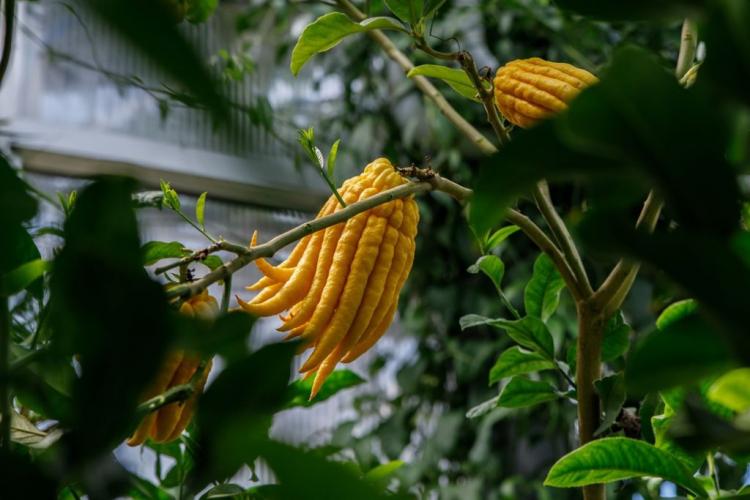
Summary: Cultivate the Buddha’s hand
- Substrate: Structurally stable, high mineral content, well permeable
- Put outside from May to October
- Location: warm, sunny, sheltered from the wind
- Protect the bale from overheating
- Repot in March when the pot is fully rooted
- Keep the soil moist in summer by watering it daily with tap water and rainwater
- Hibernate in light and well above 0 ° C, keep the root ball moist
- Cut if necessary at the end of March
Harvesting the Buddha’s hand: when can it be eaten?
Depending on the location and care, the lemon of the Buddha’s hand can bear fruit all year round. Most of the fruits of the Buddha’s hand ripen from late summer so that they can usually be harvested shortly before wintering. It is not always easy to determine when the fruits of the Buddha’s hand are ripe. But if the fruit is no longer growing visibly or is slightly brown in color, the time has come to harvest.
Buddha’s Hand: Use And Preserve
The buds and outer petals are slightly purple in color and give off an intense and lemon-like odor. The fruits also have a very pleasant lemon scent and are often used in Asia as a fragrance dispenser for rooms or wardrobes, similar to our dried lavender flowers. In addition to being used as a fragrance dispenser or in the kitchen, especially fruits with closed hands are used as an altar offering in Buddhism. In China, in particular, the Buddha’s hand is a popular New Year’s gift, as the fruits are symbolic of satisfaction, happiness, and health.
You might so like: Pepino: Planting, Caring For, And Overwintering The Melon Pear
In the meantime, top chefs around the world have also discovered fresh and intensely fragrant fruits. In winter, Buddha’s hand is one of the most expensive citrus fruits. Since the fruits usually do not contain any pulp and therefore also no juice, the lemon peel is mainly used in the kitchen. The peel can be used to season a wide variety of dishes and desserts because, unlike other citrus fruits, it is not bitter.
Larger carvers of the lemon peel are often added to cocktails to give the drink a fresh and aromatic note. Processed into the lemon peel, the bowl of the Buddha’s hand can also be used to bake gingerbread or stollen. It is also suitable for making jams or making lemon liqueurs. You can also try lemon salt with the Buddha’s hand or as an exotic ingredient in a salad dressing.
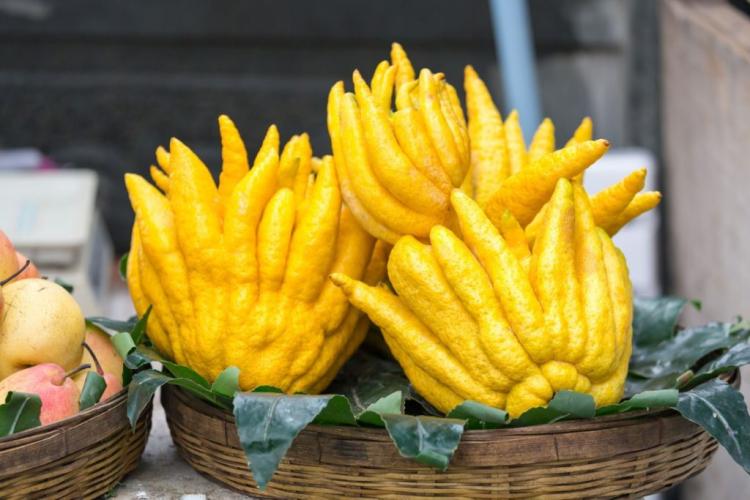
Those who cannot use the fruit immediately can also freeze the Buddha’s hand. In fact, the fruit is so easy to preserve and retains much of its natural aroma. The best way to freeze the Buddha’s hand is to cut it into slices – this not only freezes the fruit faster but also makes it easier to portion later. The aroma is particularly good if the lemon slices are vacuum-sealed before freezing. But the Buddha’s hand can also be easily frozen and stored in other suitable vessels.
Tip: First layout the lemon slices on a baking sheet and put them in the freezer for a few hours. After the slices are frozen, they are placed in another container – this prevents the slices from sticking together when frozen.
